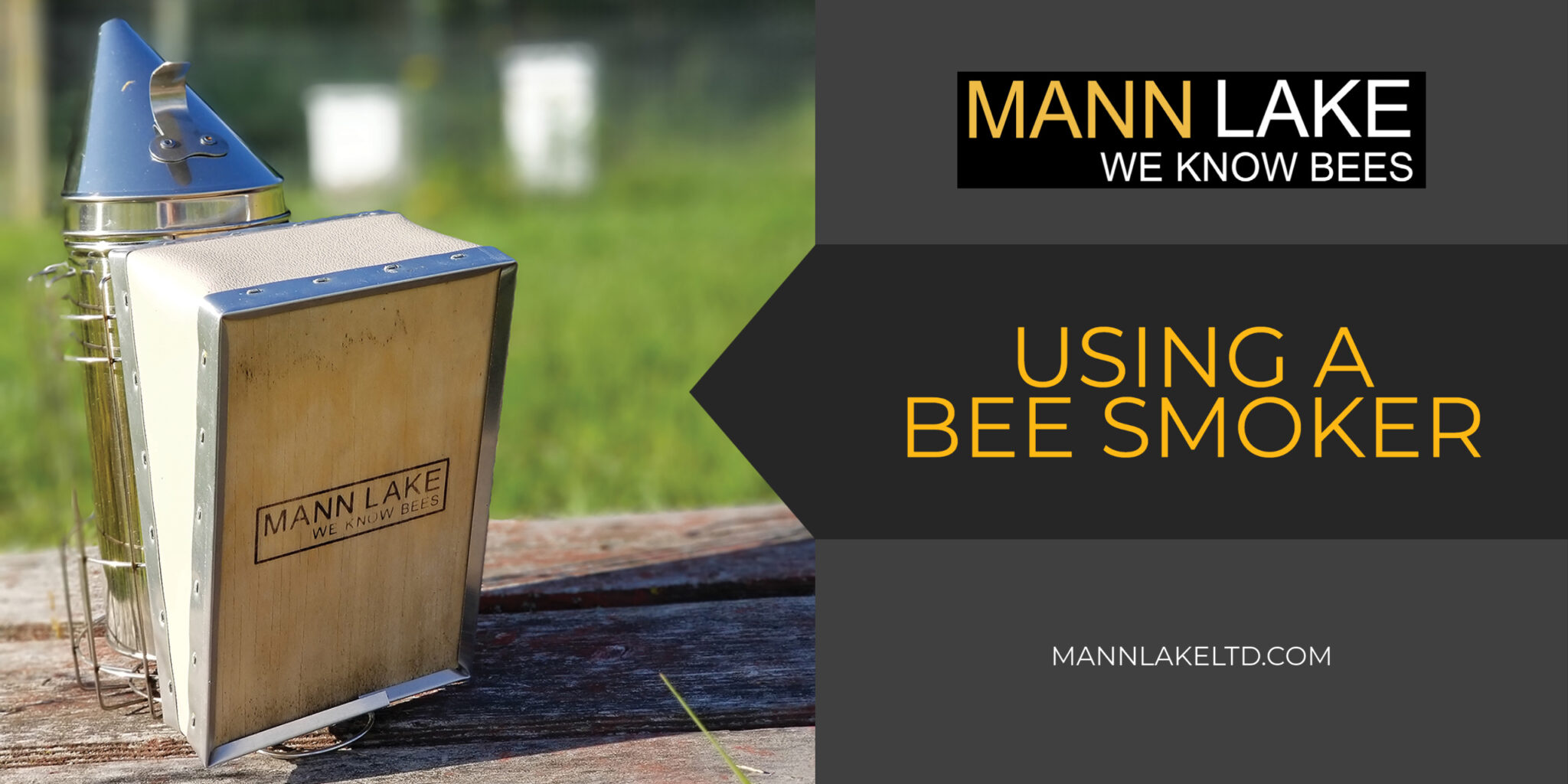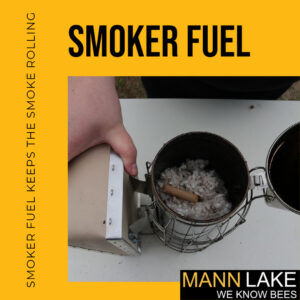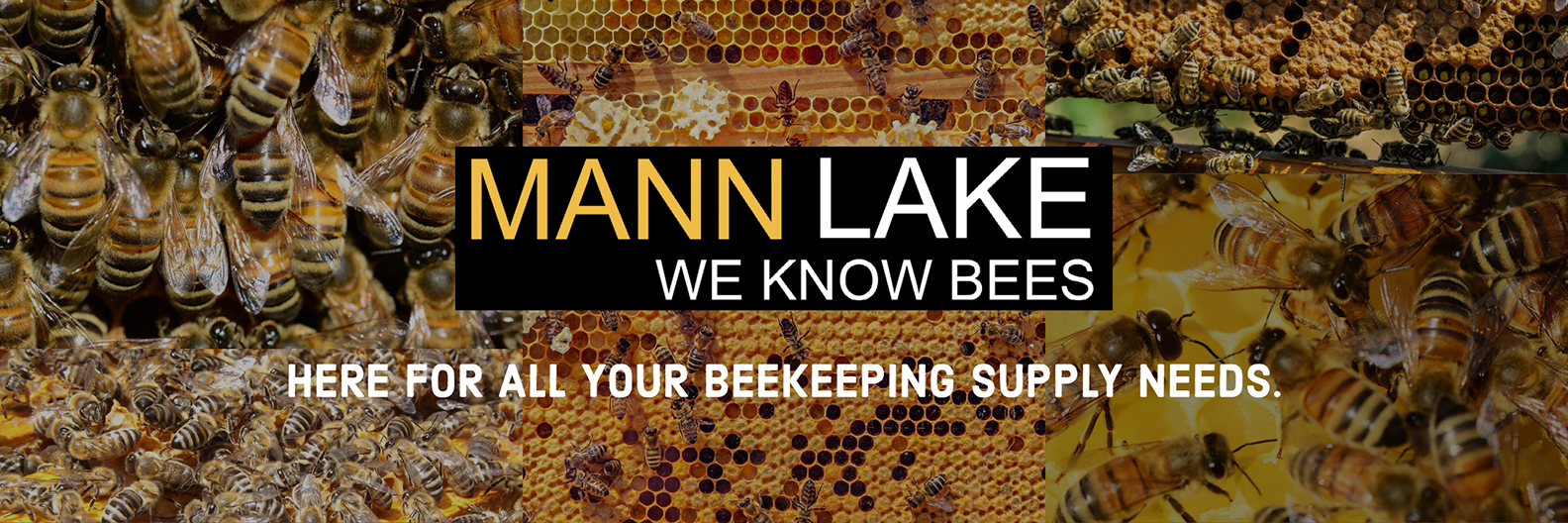A Step-By-Step Guide To Using A Bee Smoker
Among the beekeeper’s many tools is the bee smoker. This handy device makes hive inspections much easier for beginner and experienced beekeepers. Smoke is an effective way to calm your honeybees and keep both them and you safe from harm as you approach and work through your hive.
As such, it’s important to learn how to put your beehive smoker to good use in your apiary. Use our step-by-step guide to using a bee smoker.

Why Do You Need a Bee Smoker?
To use a tool such as a modern bee smoker effectively, you should know why you need it in the first place. Using a lit smoker has been a long-kept practice that dates back to Ancient Egypt. Scientists surmised that smoke helps calm honey bees and has no effect on the bees’ sting expansion response.
When guard bees see a potential threat approaching the hive, they release a scent, an alarm pheromone, that alerts the rest of the colony to the danger. If that escalates (e.g., the intruder causes further agitation), the bees’ venom droplet response may even be triggered. Smoke masks this scent, preventing the colony from becoming agitated or aggressive in your presence. A bee smoker allows you to control the smoke in a way that calms the honey bees without overwhelming the hive.
Preparing and Lighting the Smoker
When it’s time to use a smoker and take it out to the hives, you first need to gather your supplies. You’ll need your smoker, fuel, and something to light the fire. Start the fire by using lighter materials such as cardboard, crumpled newspaper, or untreated burlap.
Use your hive tool to push the flames to the bottom of the smoker’s burning chamber. Next, stack your fuel—pine cones, wood shavings, or Cotton Fiber Smoker Fuel works well—on top of the flames. You want to create a slow-burning pile that gives off a lot of smoke without growing too hot and producing an open flame.
Smoking the Hive
Once you’re happy with your flame, close the lid of the smoker and approach your hives. Remember to go easy on the smoke so you don’t drown the hive. Start with one or two puffs near the entrance and at the top, where you open the hive. Set the smoker aside while working within the hive so your honey bees don’t accidentally land on it.
If you’re working in the hive for a long time, you may need the occasional extra puff to smoke bees. Be careful that you don’t overdo it. Your honey bees only need to smell the smoke for your method to work.
Check Out Mann Lake for Your Beekeeping Needs
Mann Lake is full of excellent resources for beginner beekeepers. In addition to this step-by-step guide, we have wide selection of bee smokers, smoker fuel, replacement bellows and beekeeping tools you need to run an effective apiary. Take the next step in your beekeeping career by joining our community today.



